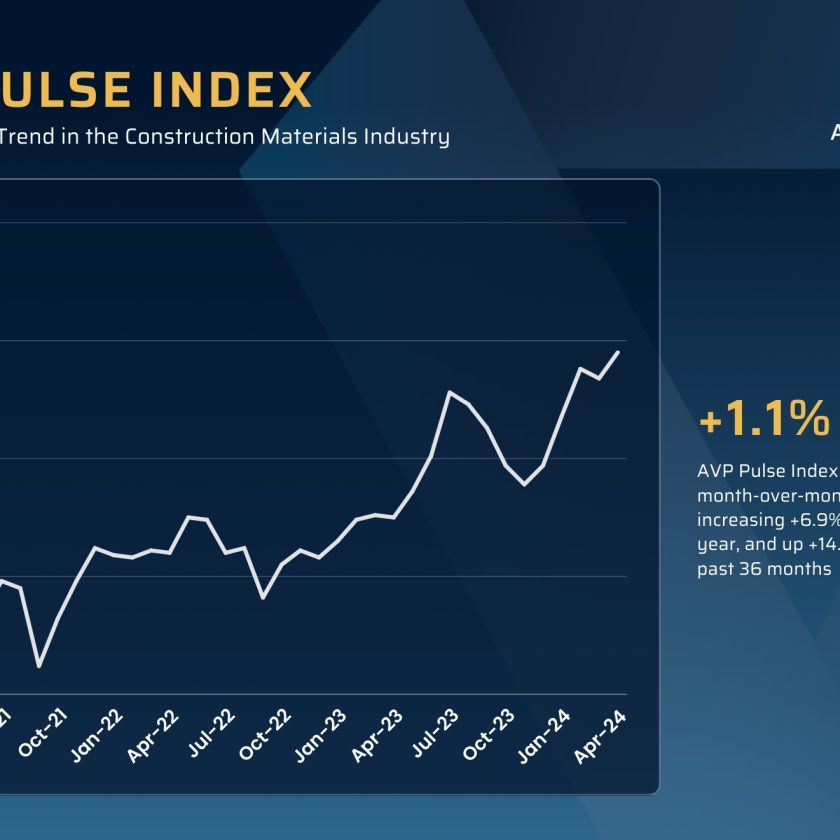Next year, the Eisenhower Interstate Highway System that crisscrosses our nation turns 65, and I recently learned a great deal about its history and how this remarkable system came to be, and what a major catalyst it became for the post-war aggregates industry.
The world’s first limited-access highways, ones on which vehicles could only enter or exit at designated points, were built in New York in the early 1900s. But it was Germany that first created an extensive, controlled-access highway, which began construction in 1913, though World War I delayed its opening until 1921. It was built just outside of Berlin, and that original road remains part of the Autobahn network to this day.
Germany’s planning for an inter-city highway network began in the mid-1920s, with a Cologne-Bonn road opened in 1932, but it wasn’t until the Nazis came to power in 1933 that construction began in earnest. The Nazi party initially opposed a highway network on the grounds that it would primarily benefit the rich aristocrats who could afford a car.
But soon, the politicians realized the propaganda value of individual mobility, a nationwide road network and an affordable “people’s car” to populate it, so Germany embraced the idea. The project would become the world’s first high-speed road network.
Onset of War. By the late 1930s, the onset of war detracted from construction efforts, and work on the system was halted in 1943. Many sections were never completed, others were damaged by Allied bombs, and several bridges had been destroyed by the retreating German army.
Ironically, the Autobahns proved more useful for Allied military forces than for the German forces. Repair of the existing road network began in earnest, and by 1953 the West German government began to focus on expanding it.
Today, including the road system acquired through the German reunification in 1990, it is the third-largest superhighway system in the world with 8,078 miles in its system.
Back in America. The U.S. Army sent an expedition in 1919 across the United States to determine the difficulties that military vehicles would have on a cross-country trip. Leaving from Washington, D.C., the Motor Transport Corps convoy needed 62 days to drive 3,200 miles to the Presidio army base on San Francisco Bay.
They experienced significant difficulties including rickety bridges, broken crankshafts, and engines clogged with desert sand. The trip convinced the participants, which included military personnel, road advocates and members of the press, of the country’s need for better roads.
Dwight Eisenhower, then a 28-year-old lieutenant, was on this trip, observing that some roads in the West were a succession of dust, ruts, pits and holes. During and after World War II, the future president traveled on Germany’s Autobahn network of rural superhighways. He later noted the old convoy made him think about good, two-lane highways, but Germany had made him see the wisdom of “broader ribbons across land.”
By 1953, Eisenhower had become president and developed what he called a Grand Plan, which envisioned each level of government, including federal, state, county and municipal, contributing to the upgrade of the nation’s entire road network over a 10-year period.
This plan became the Federal Highway Act of 1956, and construction was deemed complete in October 1992. The initial cost estimate for the system was $25 billion over 12 years; it ended up costing $114 billion, or $521 billion in 2018 dollars, and took 35 years.
Today, about one-quarter of all vehicle miles driven in the country use the Interstate Highway System, which has a total length of 48,191 miles. This is one of the world’s true engineering marvels when taken in its entirety and was a major catalyst for the modern aggregates industry.
 Pierre G. Villere serves as president and senior managing partner of Allen-Villere Partners, an investment banking firm with a national practice in the construction materials industry that specializes in mergers and acquisitions. He has a career spanning almost five decades, and volunteers his time to educate the industry as a regular columnist in publications and through presentations at numerous industry events. Contact Pierre via email at [email protected]. Follow him on Twitter @allenvillere.
Pierre G. Villere serves as president and senior managing partner of Allen-Villere Partners, an investment banking firm with a national practice in the construction materials industry that specializes in mergers and acquisitions. He has a career spanning almost five decades, and volunteers his time to educate the industry as a regular columnist in publications and through presentations at numerous industry events. Contact Pierre via email at [email protected]. Follow him on Twitter @allenvillere.



